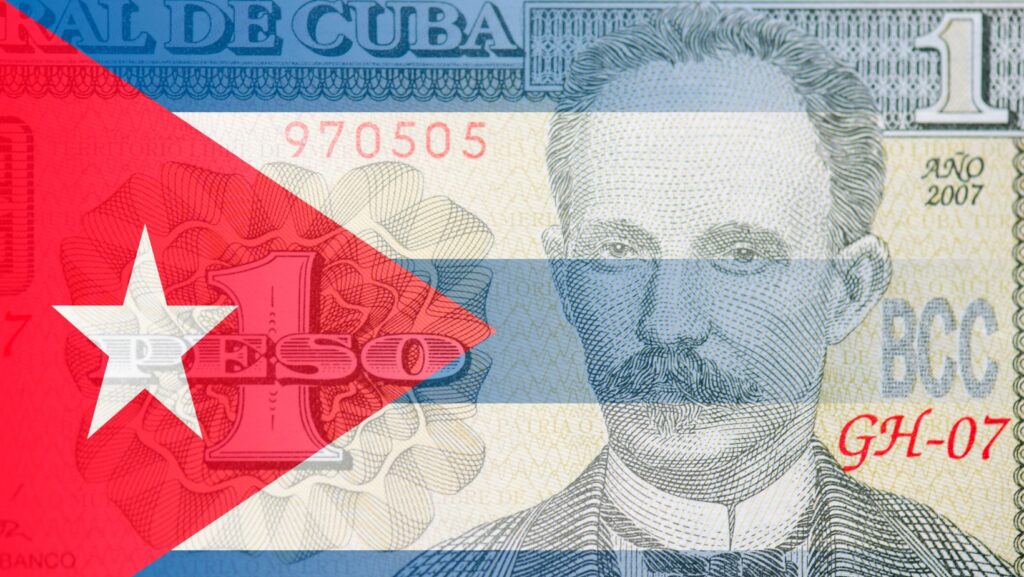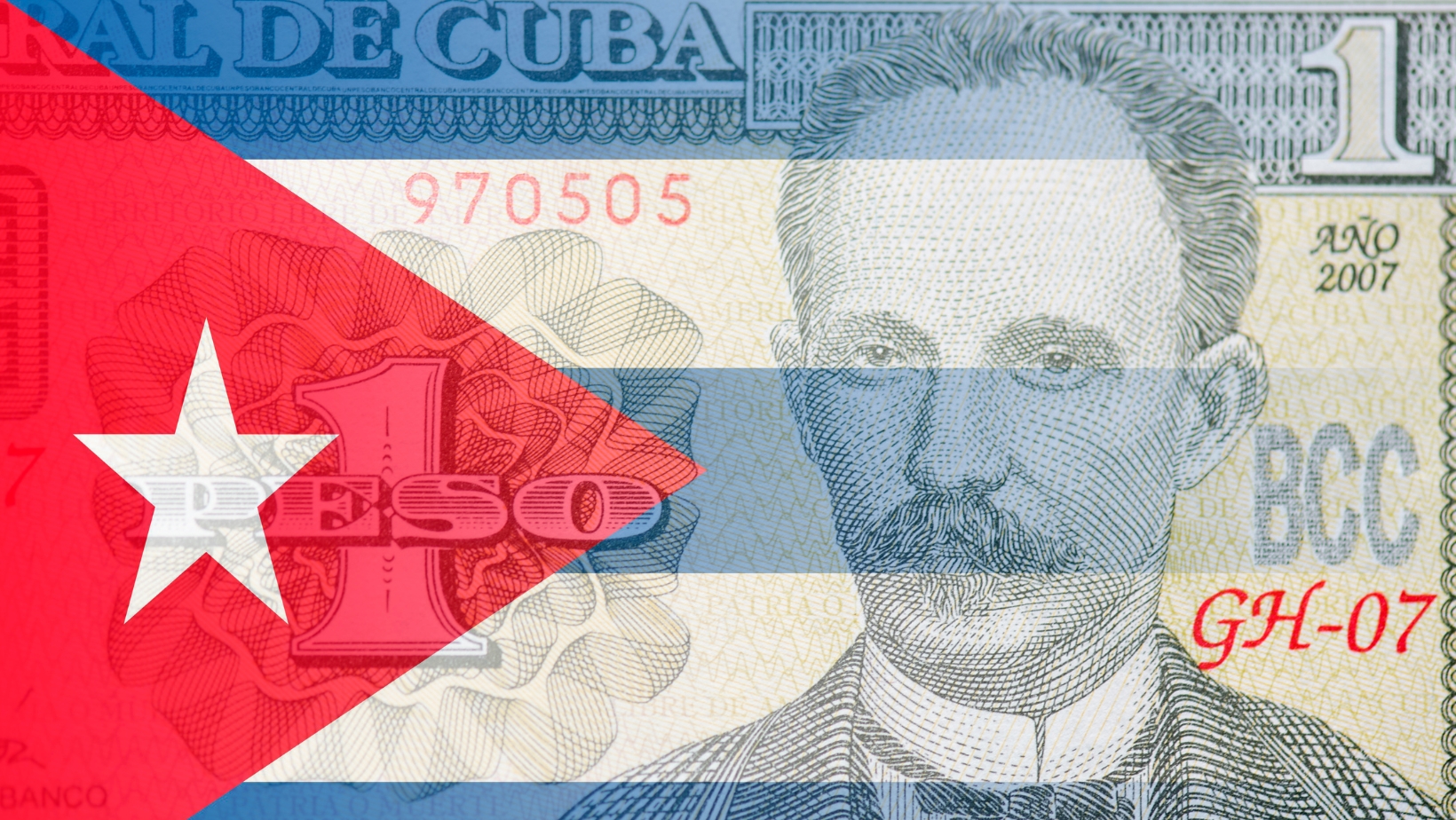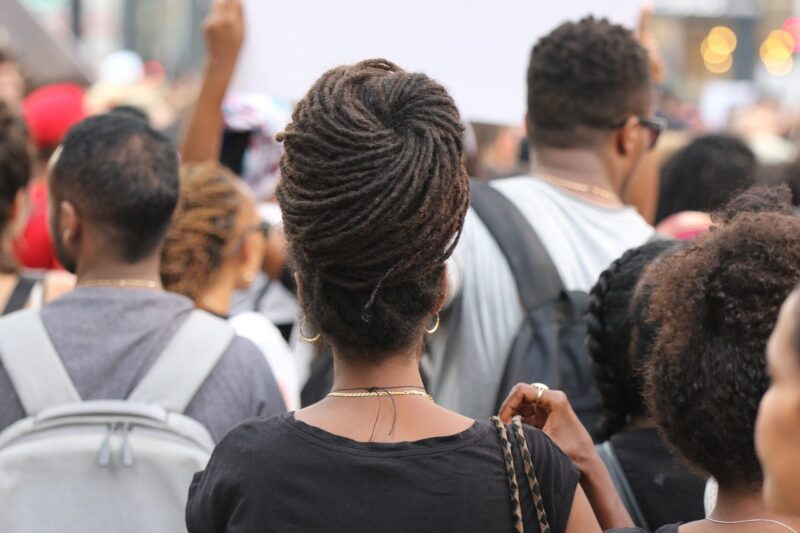
 The Cuban Missile Crisis is a pivotal event in both American and world history. As an APUSH student, it’s important to have a clear understanding of this crisis and its significance. In this article, I’ll provide you with a concise definition of the Cuban Missile Crisis, as well as delve into its impact on the Cold War and its implications for US-Soviet relations. Get ready to uncover the details of this tense and dangerous standoff that brought the world to the brink of nuclear war. So, let’s dive in and explore the Cuban Missile Crisis from an APUSH perspective.
The Cuban Missile Crisis is a pivotal event in both American and world history. As an APUSH student, it’s important to have a clear understanding of this crisis and its significance. In this article, I’ll provide you with a concise definition of the Cuban Missile Crisis, as well as delve into its impact on the Cold War and its implications for US-Soviet relations. Get ready to uncover the details of this tense and dangerous standoff that brought the world to the brink of nuclear war. So, let’s dive in and explore the Cuban Missile Crisis from an APUSH perspective.
Cuban Missile Crisis APUSH Definition
The Cold War and U.S.-Soviet Relations
During the period of the Cold War, the United States and the Soviet Union were engaged in a tense political and ideological conflict that lasted for decades. This global power struggle between two superpowers, characterized by suspicion and competition, set the stage for the Cuban Missile Crisis. The crisis itself marked one of the most dangerous moments of the Cold War and brought the world to the brink of a devastating nuclear conflict.
Fidel Castro’s Rise to Power in Cuba
Another crucial factor in the lead-up to the Cuban Missile Crisis was the rise of Fidel Castro in Cuba. Castro, a radical Marxist-Leninist, overthrew the U.S.-backed dictator Fulgencio Batista in 1959, establishing a communist regime and nationalizing American-owned properties in Cuba.
This development alarmed the United States, as it brought a communist government aligned with the Soviet Union just 90 miles off the coast of Florida. Castro’s Cuba became a focal point of U.S. concerns about communist expansion in the Western Hemisphere and posed a potential threat to American national security.
The tension between the United States and Cuba escalated further with the failed Bay of Pigs invasion in 1961, when U.S.-supported Cuban exiles attempted to overthrow Castro’s government. The invasion’s failure not only undermined the credibility of the U.S. and embarrassed President Kennedy but also intensified the animosity between the two countries.
As a result, the United States became increasingly focused on monitoring Cuba and any potential Soviet involvement on the island. The discovery of Soviet missile sites in Cuba in October 1962 would ultimately trigger the Cuban Missile Crisis and push the already fragile U.S.-Soviet relationship to the breaking point.
Without a conclusion paragraph or sentence, the article seamlessly transitions to the next section, maintaining the flow and engagement for the reader.
 The Events of the Cuban Missile Crisis
The Events of the Cuban Missile Crisis
Discovery of Soviet Missile Sites in Cuba
During the Cuban Missile Crisis, one of the key events that escalated tensions between the United States and the Soviet Union was the discovery of Soviet missile sites in Cuba. In October 1962, U.S. intelligence agencies detected the presence of Soviet nuclear missiles on the island, posing a direct threat to the security of the United States.
President Kennedy’s Response and the Naval Blockade
In response to the discovery of the Soviet missile sites, President John F. Kennedy swiftly formulated a response to address the threat. On October 22nd, 1962, he appeared on national television to announce that the United States would impose a naval blockade, or a “quarantine,” around Cuba to prevent further shipments of Soviet weapons. This blockade was a bold and calculated move aimed at preventing a potential nuclear conflict and buying time for diplomatic negotiations.
The naval blockade effectively cut off the island from receiving additional weapons and supplies, while also serving as a show of force to demonstrate America’s resolve. The situation was highly tense, as any attempt by the Soviet Union to breach the blockade could have potentially triggered a military confrontation. This heightened the stakes and raised the specter of nuclear war.
Negotiations and Resolution of the Crisis
As tensions reached a critical point, behind-the-scenes negotiations between the United States and the Soviet Union were initiated to find a resolution to the crisis. The crisis put both superpowers on the brink of conflict, with the world holding its breath anxiously.
After nearly two weeks of intense diplomatic efforts, an agreement was reached. The United States and the Soviet Union reached a compromise: the Soviets would dismantle their missile sites in Cuba, while the United States agreed to publicly declare that it would not invade Cuba and would remove its missiles from Turkey. This agreement, reached on October 28th, 1962, marked the end of the Cuban Missile Crisis.
While the crisis was ultimately resolved peacefully, it served as a sobering reminder of the dangers posed by the Cold War arms race and the potential catastrophic consequences of a nuclear conflict. The events of the Cuban Missile Crisis heightened tensions between the United States and the Soviet Union, shaping the dynamics of the Cold War and leaving a lasting impact on global politics.













